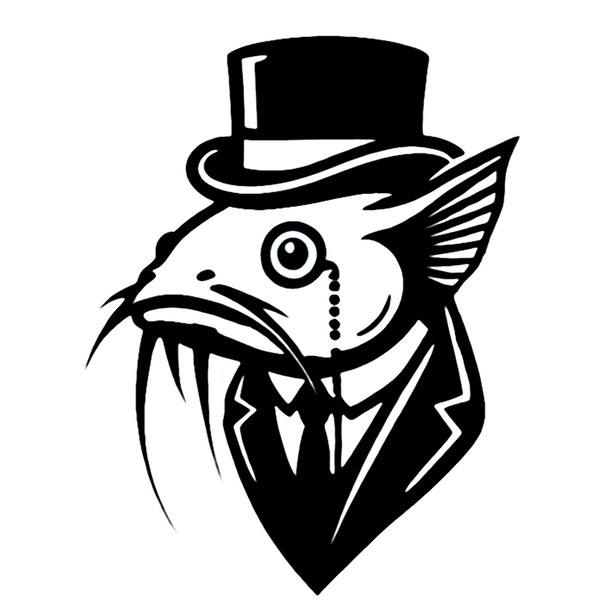Fancy Fish and Aquascapes
Cory Panda Longfin ~ Corydoras panda
Cory Panda Longfin ~ Corydoras panda
Couldn't load pickup availability
The Cory Panda Longfin is a stunning variation of the classic Panda Corydoras, prized for its extended, flowing fins and distinctive black markings around the eyes and dorsal fin, resembling a panda bear. Native to the cool, soft waters of the upper Amazon River in Peru, this peaceful bottom-dweller is a favorite among aquarists for its playful personality and striking appearance.
Size: 2-2.5 inches
Lifespan: 4-5 years
Temperament: Peaceful, social
Group/Solitary: Best kept in groups of 5 or more
Food: Omnivorous; sinking pellets, algae wafers, live/frozen foods (bloodworms, brine shrimp, daphnia)
Water Requirements: 68-77°F, pH 6.0-7.5, soft to moderately hard water
Care Instructions
Panda Longfin Corydoras thrive in well-maintained aquariums with soft sand or fine gravel substrate to protect their delicate barbels while foraging. A tank of at least 20 gallons is recommended for a small group, with plenty of hiding places created by driftwood, smooth rocks, and live plants.
These social fish feel most comfortable when kept in groups of at least five, which helps them exhibit natural schooling behavior and reduces stress. They are sensitive to poor water quality, so regular water changes and gentle filtration are essential. Low to moderate water flow best replicates their natural river habitat.
Their diet should consist of high-quality sinking pellets or wafers, supplemented with live or frozen foods like bloodworms, brine shrimp, and daphnia. Feeding them in the evening or after lights out ensures they have access to food without competition from mid and top-dwelling tankmates.
Panda Longfin Corydoras are peaceful and well-suited for community tanks with other small, calm species such as tetras, rasboras, and dwarf gouramis. Avoid keeping them with large or aggressive species that may outcompete them or cause stress.
Fun Fact: Panda Corydoras have an unusual ability to breathe air from the surface using a modified intestine, allowing them to survive in low-oxygen environments!
